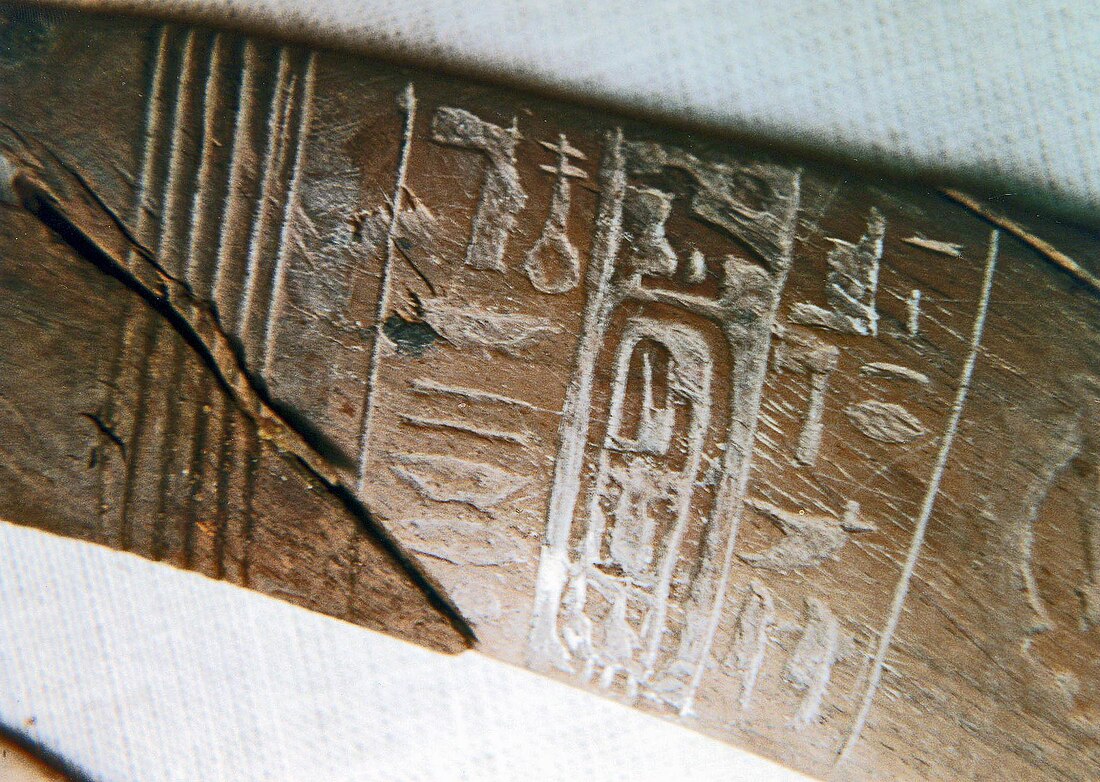Top Qs
Timeline
Chat
Perspective
Sebkay
Egyptian pharaoh during the Second Intermediate Period From Wikipedia, the free encyclopedia
Remove ads
Sebkay (alternatively Sebekay or Sebekāi[1]) was an ancient Egyptian king during the Second Intermediate Period. For a long time his position created problems and he was most often placed into the 13th Dynasty. However, the discovery of the tomb of a king with the name Senebkay make it very likely that Sebkay is identical with the latter and the writing of the name Sebkay is just a misspelling of the name.[2]
Very little is known about him, since his name is attested only on a wooden birth Tusk (wand) found at Abydos and now in the Cairo Museum (CG 9433 / JE 34988).[3]
Remove ads
Identity
Summarize
Perspective
Since the discovery of the wand, several Egyptologists have tried to identify this king with other rulers of the Second Intermediate Period. Stephen Quirke believed that “Sebkay” was a diminutive for “Sedjefakare”, which is the throne name of Kay-Amenemhat,[4] while Jürgen von Beckerath considered the name a short form of the nomen “Sobekhotep” instead.[1] Thomas Schneider supports von Beckerath's hypothesis, specifying that the king Sobekhotep likely was Sobekhotep II.[5]
A more radical hypothesis came from Kim Ryholt, who suggested the reading "Seb's son Kay", de facto splitting the name "Seb-kay" in two different pharaohs and thus filling a gap in the Turin King List before Kay-Amenemhat. Furthermore, in this reconstruction the name of the last mentioned king should be considered a patronymic too, and must be read "Kay's son Amenemhat", thus setting a dynastic line consisting of three kings: Seb, his son Kay, and the latter's son Amenemhat. Ryholt's interpretation is considered daring and controversial by some egyptologists.[5]
In 2014, at Abydos, a team of archaeologists discovered the tomb of a previously unknown king of the Second Intermediate Period, called Senebkay. It has been suggested that this ruler and Sebkay might be the same person.[6]

Wikimedia Commons has media related to Sebkay.
Remove ads
References
Wikiwand - on
Seamless Wikipedia browsing. On steroids.
Remove ads

